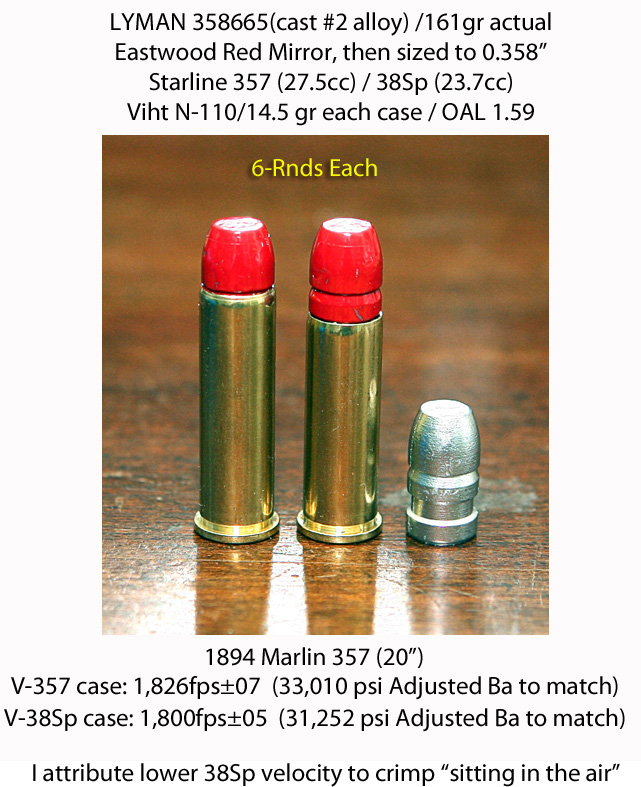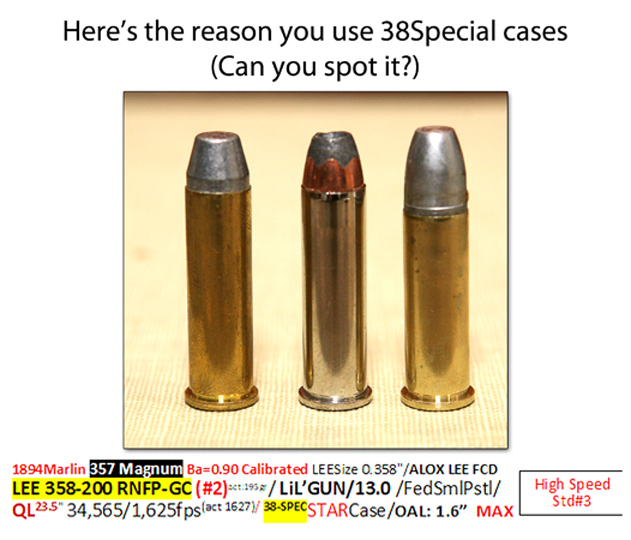I don't think this is a big scary deal and I think it will go as hoped/planned.
Could you see different results with a good chrono? YES, however let's also admit that you can find lots of differing results based on all the factors that so many handloaders routinely ignore a lot of the time. That includes using mixed headstamp brass, inconsistencies with the press lever, variances in bullets depending on manufacturer, variances in powder handling equipment, variances in how well and consistently you are able to send shots over the chrono and how well it will read them.
One point worth mentioning:
A fat, black Sharpie permanent marker will put a swipe on the case head fast and easy. To make it the easiest, put all 50 rounds in to an ammo box and then just make five long swipes across case heads with your Sharpie marker.
You really want some obvious mark on your .38 Special headstamp brass warning anyone (mostly you, but certainly your heirs...) that these rounds aren't normal .38 Special.
Some old revolver from 1902 will thank you for the effort.
Could you see different results with a good chrono? YES, however let's also admit that you can find lots of differing results based on all the factors that so many handloaders routinely ignore a lot of the time. That includes using mixed headstamp brass, inconsistencies with the press lever, variances in bullets depending on manufacturer, variances in powder handling equipment, variances in how well and consistently you are able to send shots over the chrono and how well it will read them.
One point worth mentioning:
A fat, black Sharpie permanent marker will put a swipe on the case head fast and easy. To make it the easiest, put all 50 rounds in to an ammo box and then just make five long swipes across case heads with your Sharpie marker.
You really want some obvious mark on your .38 Special headstamp brass warning anyone (mostly you, but certainly your heirs...) that these rounds aren't normal .38 Special.
Some old revolver from 1902 will thank you for the effort.


